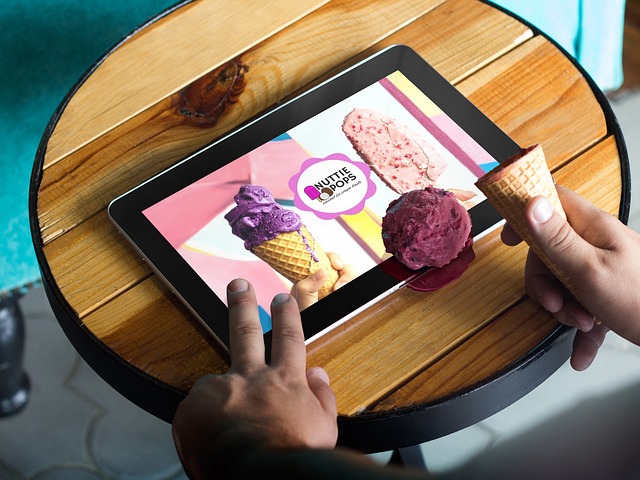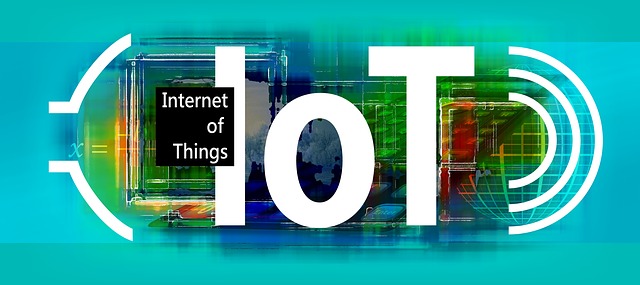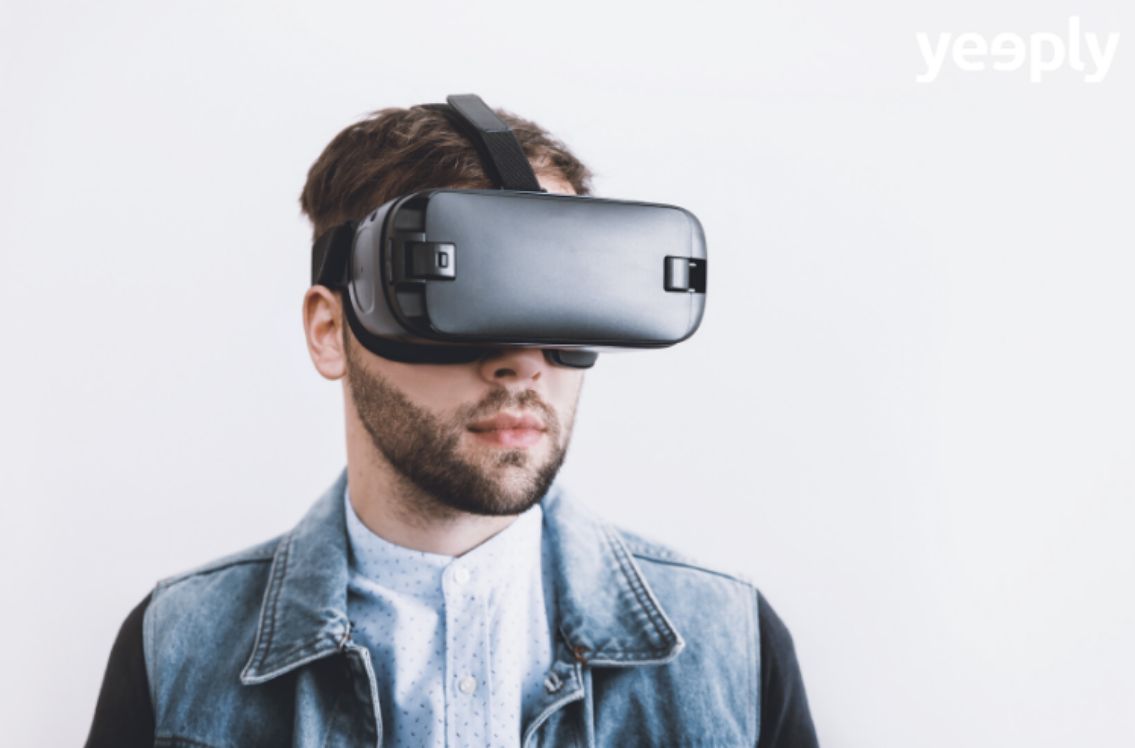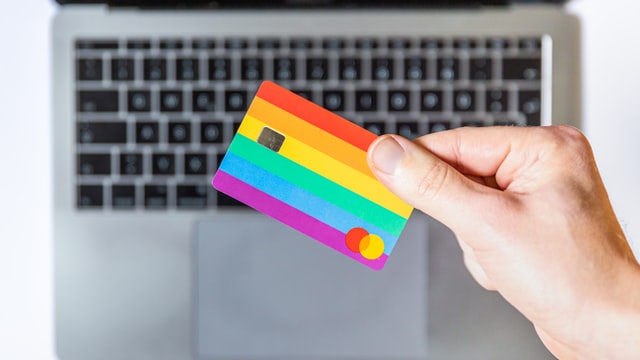A new year means a new opportunity for mobile apps to continue to wow business owners, marketers, and consumers alike. It started in 2014 when mobile apps surpassed desktop in users and search. Since then, every year there is at least one digital marketing guru that claims “this is the Year of Mobile.” Seriously — Google ‘Year of the Mobile’ and your top three results will each have a different year in the title. Mobile just keeps outdoing itself, which is what makes the mobile app trends for 2017 so interesting to look at and pay attention to throughout the year.
1. The Year of the Small Business App
If 2017 needed a subtitle, after its inevitable award of being the fourth ‘Year of the Mobile’ in the last half-decade, it would probably be the Year of Small Business Mobile App Development. Last year, we saw an increase in the number of the best app makers available to make mobile apps on the cheap. These solutions have lowered the average cost of a mobile app by providing an inexpensive, but effective alternative to the mobile development companies that still charge six-figures for an app. Small business owners are picking up on the fact that they can now become an app builder capable of improving their customer experience and driving revenue without having to write a single line of code.
2. Location Based Messages and Services
Also, emerging as a top trend for 2017 is location-based messages and services through a mobile app. 2016 paved the way for brands to issue notifications, discounts and other messages based on where a given customer is. This year, we will likely see more of these messages, which are particularly compelling when issued at the right time and location, specifically the moment that a customer walks into a brand’s retail location. This year, we will see businesses strategizing on how to leverage location-based messages and services in new, creative ways. For example, some branded mobile apps using a location-based or geofencing are beginning to identify users that are traveling and notify them when they come near to a store/restaurant location. Thus, they can still engage with consumers, even when they are on vacation or traveling for business.
3. Augmented Reality Breaks into the Business World
Up until now, augmented reality (AR) apps and services have mostly been for fun and games, whether it is catching Pokemon in your neighborhood or turning your face into that of a zombie. Aside from providing an engaging, gimmicky app for their customers, businesses are beginning to experiment with how AR can be useful for their internal processes. Imagine designing a product where you could use an AR tool to bring the design into the augmented world. You could move and manipulate the model as if it were a real prototype, instead of just in the confines of whatever design software you were using. Augmented reality is transformative; it changes your surroundings and adds elements that don’t exist. For a business context, this is potentially very powerful.
4. Android Instant Apps Change the Game
If you’ve ever downloaded an app to use for a singular, quick purpose and then promptly deleted it, you’ll be happy to know that you may never have to do that again. Android Instant Apps are going to take off towards the end of this year and will likely change the mobile world. The idea behind these apps is that developers make the apps modularized, which allows a user only to use and access the tool they need, instead of having to download a whole app. Instant Apps load right into a browser, so there is no extraneous process of going to the App Store or Google Play and searching for the given app. These apps have significant potential for a lot of businesses because they encourage mobile app usage, without requiring a download.
5. Machine Learning and Artificial Intelligence Hits Mobile
Machine learning, even outside the realm of mobile development, has become increasingly sophisticated over the last couple years. This has provided significant boosts to translation software, predictive analytics, and many other tools that have a learning or artificial intelligence element. It is also going to offer some significant possibilities inside mobile apps. The most typical example of AI inside a mobile app is mobile e-commerce platforms, which provide options based on what the consumer likes. More sophisticated applications could be a language learning app or a tutoring app for children. The app would learn the strengths and weaknesses of the student and offer an overall better and more adaptable learning experience.
6. Internet of Things Apps Boom
More and more stuff is connecting to the Internet each day. And by stuff, we are talking about anything from a mobile smartphone to an Apple Watch and all the way to an Internet-enabled toaster (yes, it exists). These gadgets, appliances and other stuff combine to form what is being called the Internet of Things (IoT). And each device requires an app to control remotely. Cars have apps that let you unlock/lock and start the vehicle from afar; some new appliances have apps that let you preheat the oven on your way home from work or check how much food is left in the fridge and so on. These device-driven apps are going to help push the mobile boom further this year.
7. Mobile Security Becomes an Issue
With how much control some mobile apps have over our daily devices and even our wallets, the security of these applications is being called into question. Mobile app malware isn’t nearly as rampant as it is compared to malware targeted at PCs and other computers. That said, it does exist and is going to, unfortunately, grow just as mobile does. Developers are going to have to put mobile security as a top priority moving forward. Some mobile app designers are exploring the possibilities of a remote wipe, which could help protect a user’s sensitive information if their device is lost or stolen. Other developers are trying to secure their apps by improving security standards and detecting up and coming threats by hackers.
Final Thoughts
The result of all of these mobile technology trends and emerging mobile-related technologies is an expected $77 billion in app revenue during 2017. This revenue is based not only on the revenue created through downloads and even app purchases, but also the enormous potential marketing benefits that apps offer, such as improving customer loyalty and delivering higher customer engagement. The remarkable thing about this $77 billion estimate is just that – it’s an estimate. And mobile has done a good job in the past of shattering expectation.
This year stands to be no different, especially with these mobile technology trends playing a significant role in improving and expanding the mobile world.
 Author Bio
Author Bio
Andrew Gazdecki is the founder and CEO of Bizness Apps — making mobile apps affordable and simple for small businesses. We’re a do-it-yourself iPhone, iPad, Android & HTML5 app platform that allows any small business to simultaneously create, edit, and manage mobile apps without any programming knowledge needed. Think of us as “WordPress for mobile app creation”. Many of our customers are white label mobile app resellers — marketing or design agencies that use our platform to cost effectively build mobile apps for small business clients.




 Author Bio
Author Bio








